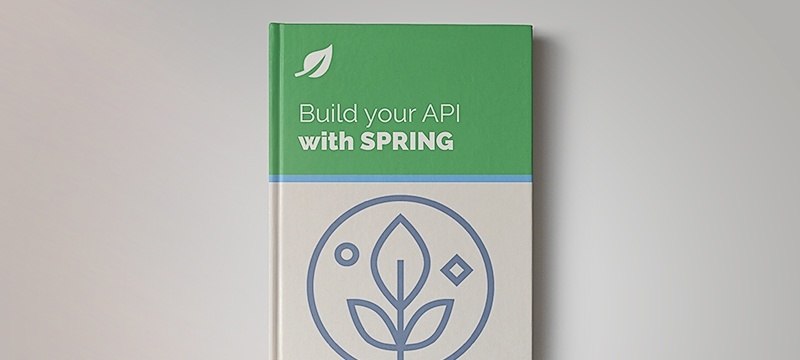1. Overview
In this quick tutorial, we’ll focus on how to configure a method call to throw an exception with Mockito.
For more information on the library, also check out our Mockito series.
Here’s the simple dictionary class that we’ll use:
class MyDictionary {
private Map<String, String> wordMap;
public void add(String word, String meaning) {
wordMap.put(word, meaning);
}
public String getMeaning(String word) {
return wordMap.get(word);
}
}
Have a look at how to test if an exception was thrown using JUnit.
Overview of Java 8 support in Mockito framework, including Streams and default interface methods
Learn how to use AssertJ for performing assertions on exceptions.
2. Non-Void Return Type
First, if our method return type is not void, we can use when().thenThrow():
@Test
void givenNonVoidReturnType_whenUsingWhenThen_thenExceptionIsThrown() {
MyDictionary dictMock = mock(MyDictionary.class);
when(dictMock.getMeaning(anyString())).thenThrow(NullPointerException.class);
assertThrows(NullPointerException.class, () -> dictMock.getMeaning("word"));
}
Notice that we configured the getMeaning() method — which returns a value of type String — to throw a NullPointerException when called.
3. Void Return Type
Now, if our method returns void, we’ll use doThrow():
@Test
void givenVoidReturnType_whenUsingDoThrow_thenExceptionIsThrown() {
MyDictionary dictMock = mock(MyDictionary.class);
doThrow(IllegalStateException.class).when(dictMock)
.add(anyString(), anyString());
assertThrows(IllegalStateException.class, () -> dictMock.add("word", "meaning"));
}
Here, we configured an add() method — which returns void — to throw IllegalStateException when called.
We can’t use when().thenThrow() with the void return type, as the compiler doesn’t allow void methods inside brackets.
4. Exception as an Object
To configure the exception itself, we can pass the exception’s class as in our previous examples or as an object:
@Test
void givenNonVoidReturnType_whenUsingWhenThenAndExeceptionAsNewObject_thenExceptionIsThrown() {
MyDictionary dictMock = mock(MyDictionary.class);
when(dictMock.getMeaning(anyString())).thenThrow(new NullPointerException("Error occurred"));
assertThrows(NullPointerException.class, () -> dictMock.getMeaning("word"));
}
And we can do the same with doThrow():
@Test
void givenNonVoidReturnType_whenUsingDoThrowAndExeceptionAsNewObject_thenExceptionIsThrown() {
MyDictionary dictMock = mock(MyDictionary.class);
doThrow(new IllegalStateException("Error occurred")).when(dictMock)
.add(anyString(), anyString());
assertThrows(IllegalStateException.class, () -> dictMock.add("word", "meaning"));
}
5. Spy
We can also configure Spy to throw an exception the same way we did with the mock:
@Test
void givenSpyAndNonVoidReturnType_whenUsingWhenThen_thenExceptionIsThrown() {
MyDictionary dict = new MyDictionary();
MyDictionary spy = Mockito.spy(dict);
when(spy.getMeaning(anyString())).thenThrow(NullPointerException.class);
assertThrows(NullPointerException.class, () -> spy.getMeaning("word"));
}
6. Conclusion
In this article, we explored how to configure method calls to throw an exception in Mockito.
As always, the full source code can be found on GitHub.





